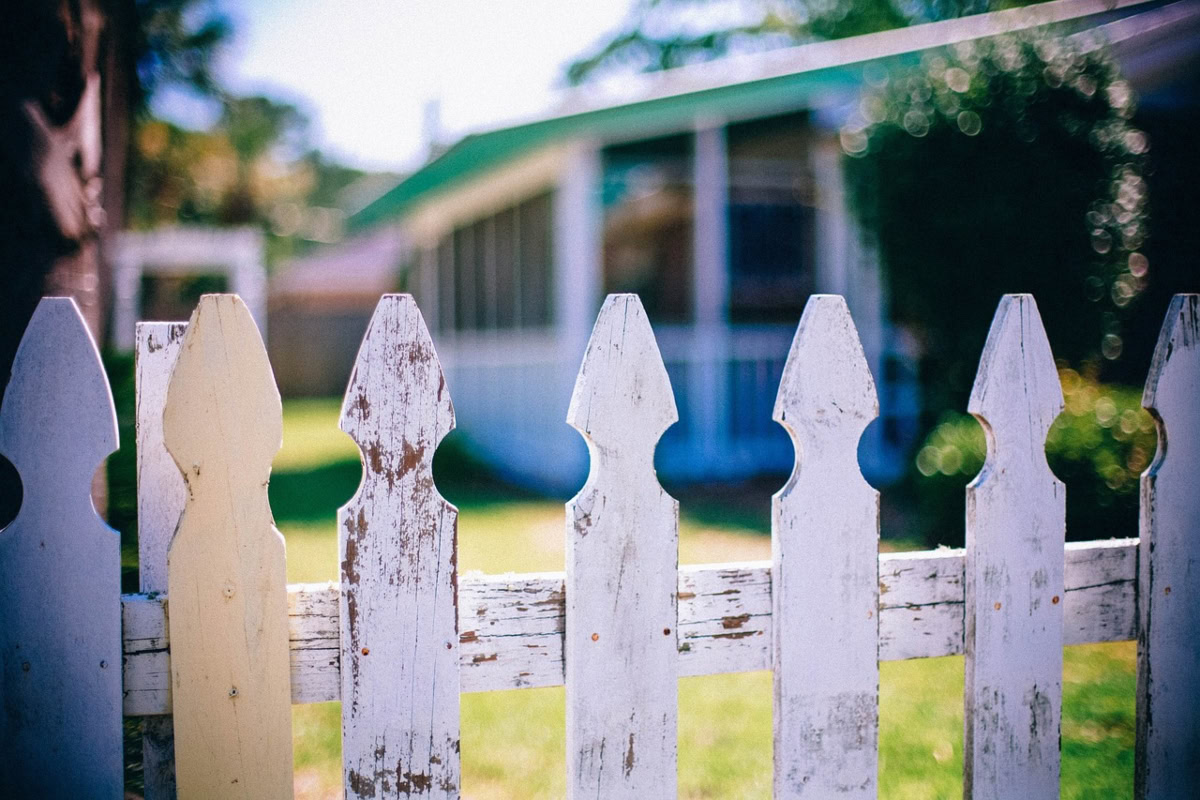Is the American Dream still possible in 2024?

For ages, the American Dream was something everyone could achieve if they worked hard enough. If you dreamt big enough and gave it your all, you could get it. That was the promise of America.
But is that still true?
More importantly, is it still true if we don’t feel like it’s true?
Several surveys have been conducted over the years to ask people whether they believe the American dream is still achievable.
As you’d expect, how you feel about the American dream has a lot to do with your age, where you came from, and what you’ve accomplished already. The older and richer you are, the more likely you are to believe it’s possible.
Let’s take a look at how income, age, and race can play a role in how you’re likely to feel about the American Dream.
The phrase “the American Dream” first appeared in the book The Epic of America by James Truslow Adams where he stated that it is:
“Not a dream of motor cars and high wages merely, but a dream of a social order in which each man and each woman shall be able to attain to the fullest stature of which they are innately capable, and be recognized by others for what they are, regardless of the fortuitous circumstances of birth or position.”
In other words, the American Dream is not about individuals getting rich but about having a society that allows for social mobility and achieving one’s full potential.
Over time, the definition of the American Dream became more individualistic. It came to mean earning a comfortable income, homeownership, and having an enjoyable life. It was something for individuals to attain rather than for society to build.
However, both definitions come to the same end. The American Dream is the ability for anyone to live a happy, comfortable life. For most, that means a good income, a comfortable home, and enough money to cover the bills easily, with some left over for enjoyment.
Is it Still Possible to Achieve?
Whether or not the American Dream is possible depends on who you ask. Most recently, Pew Research found that 53% of people believe it is still possible.
A YouGov survey conducted in 2023, showed that 44% of those surveyed felt the American Dream was either very or somewhat attainable for them.
In 2019, Gallup conducted a survey and found that 70% of people felt it was achievable.
A CNN poll conducted in 2014 asked whether people agreed or disagreed that the American Dream is impossible to achieve. In this poll, 40% said it was possible to still achieve the American Dream.
CNN conducts this poll every few years, going back as far as 1995. The most pessimistic year was 1996, when only 34% of those polled believed the American Dream was possible for most people.
Income: How It Affects Our Belief
Unsurprisingly, how much someone earns affects their belief in the American Dream. The more someone earns, the more likely it is that they feel it is within their reach.
According to Pew, only 39% of low-income earners believe the American Dream is within their grasp. However, just over half of low-income respondents feel the American Dream used to be possible but is no longer, showing quite a bit of pessimism among the lower-income group.
Meanwhile, 64% of upper-income earners believe it is currently possible. (The actual income amounts were not defined.)
The 2023 YouGov survey found similar results. Only 35% of those who earn under $50,000 felt the American Dream is attainable, while 46% of those who earn over $100,000 felt it was.
Neither Gallup nor CNN’s polls categorized responses by income level.
Age: How It Affects Our Belief
Age also affects whether or not someone feels it’s possible for people to achieve the American Dream. The older you are, the more likely you are to believe it is attainable.
According to Pew, only 39% of adults under age 30 feel it’s possible, while 68% of those over 65 believe it is. Interestingly, only 2% of those over 65 feel the American Dream was never possible.
The YouGov survey found the same pattern but more pessimistic results. This survey found that 27% of adults under 30 and 44% of those over 65 feel the American Dream is attainable.
The 2019 Gallup poll split the data a bit differently. They found that 73% of men under the age of 50 believed it was possible to achieve the American Dream, while only 58% of women under the age of 50 believed so.
For those over 50 in the Gallup poll, the results were similar for men and women. 74% of men and 73% of women over 50 believed it possible to achieve.
Race: How It Affects Our Belief
Your race also plays a part in whether you believe the American Dream is possible; however, the survey results from Pew and YouGov have different results. Pew found those who identify as White to be the most optimistic, while YouGov found Hispanic people to be.
Pew Research’s poll found that 55% of white people believe the American Dream is still possible. Black people were the second most optimistic, with 52% believing it’s still possible. Exactly half of Asian people and only 47% of Hispanic people believe it’s possible.
YouGov had slightly different results. It found that 50% of Hispanic people believe it’s possible to achieve the American Dream. White people followed closely with 44% believing it’s possible. However, only a third of Black people (32%) believe the American Dream is achievable. YouGov did not have data on Asian people.
Neither Gallup nor CNN categorized responses by race. Race was determined through self-reporting.
Was the American Dream ever Possible?
Pew asked if the American Dream was ever possible.
Overall, only 6% believe it was never possible to achieve, and 41% believe it was once possible but no longer is.
Results for age and income groups are as you would expect. The younger you are and the lower your income, the more likely you are to believe the American Dream was once possible but no longer is.
Those under 30 and those with a low income have the same results with 51% believing it is no longer possible, but once was. However, only about a third of those over 65 and those with a high income believe it was once possible.
The results, when split by race, may or may not be what you would expect. The largest percentage of those who believe the American Dream was never possible is Black people, at 11%, while 35% of Black people believe it was once possible but no longer is.
Asian people are the next most pessimistic, with 6% feeling it was never possible and 42% believing it once was but is no longer.
Hispanic and White people are the most optimistic, with 5% of Hispanic people and 4% of White people believing it was never possible. 47% of Hispanic people believe it was once possible and 41% of White people believe it once was.
The YouGov survey asked this question a bit differently. It asked if the American Dream exists, and 20% of overall respondents said it does not and 19% were unsure.
In this survey, 18% of both Hispanic and White people believe it does not exist. Meanwhile, almost a third of Black people (31%) believe the American Dream does not exist.
Do you believe the American Dream is still possible?
Other Posts You May Enjoy:
The Boring Middle is Bullshit
The Boring Middle is that part of any journey where things are on auto-pilot and you’re simply “waiting.” Don’t! This time is better spent doing something else!
Future You vs. Present You: Cracking the Dilemma of Choice
Money is often about tradeoffs and it’s the most apparent than when you compare the needs of Present You against those of Future You. Who should prevail? It really depends on the situation… here’s how to decide.
Does all the financial advice you need still fit on an index card?
Ten years ago, Professor Harold Pollack created a postcard that listed all the financial advice you’d ever need. We revisit this card and see if it still applies today.
How to Avoid Type 2 Money Mistakes
Not all mistakes are the same. learn the difference between Type 1 and Type 2 mistakes as well as how to identify the more dangerous ones, Type 2, and avoid them at all costs.
About Ashley Barnett
Ashley Barnett was born with a passion for personal finance. Even as a kid she would read anything she could find about money. When personal finance blogs started popping up on the internet she jumped on board, starting a personal finance blog in 2008.
In 2013, she pivoted to freelance editing where she spends her days trying to create the best personal finance content on the internet.
She lives in Phoenix with her husband and two children and you can usually find her sitting in her backyard re-reading Harry Potter for the millionth time.




